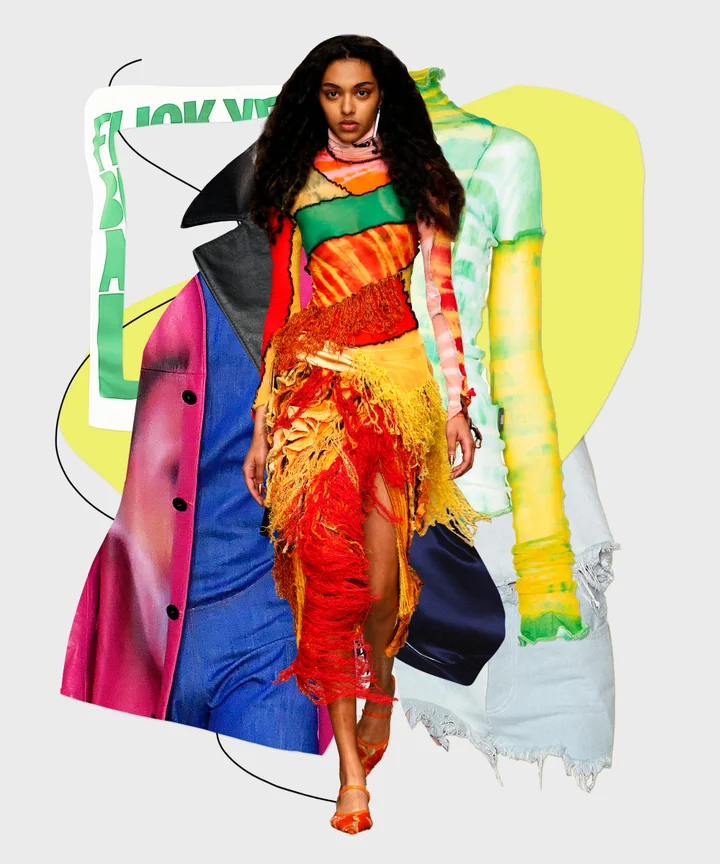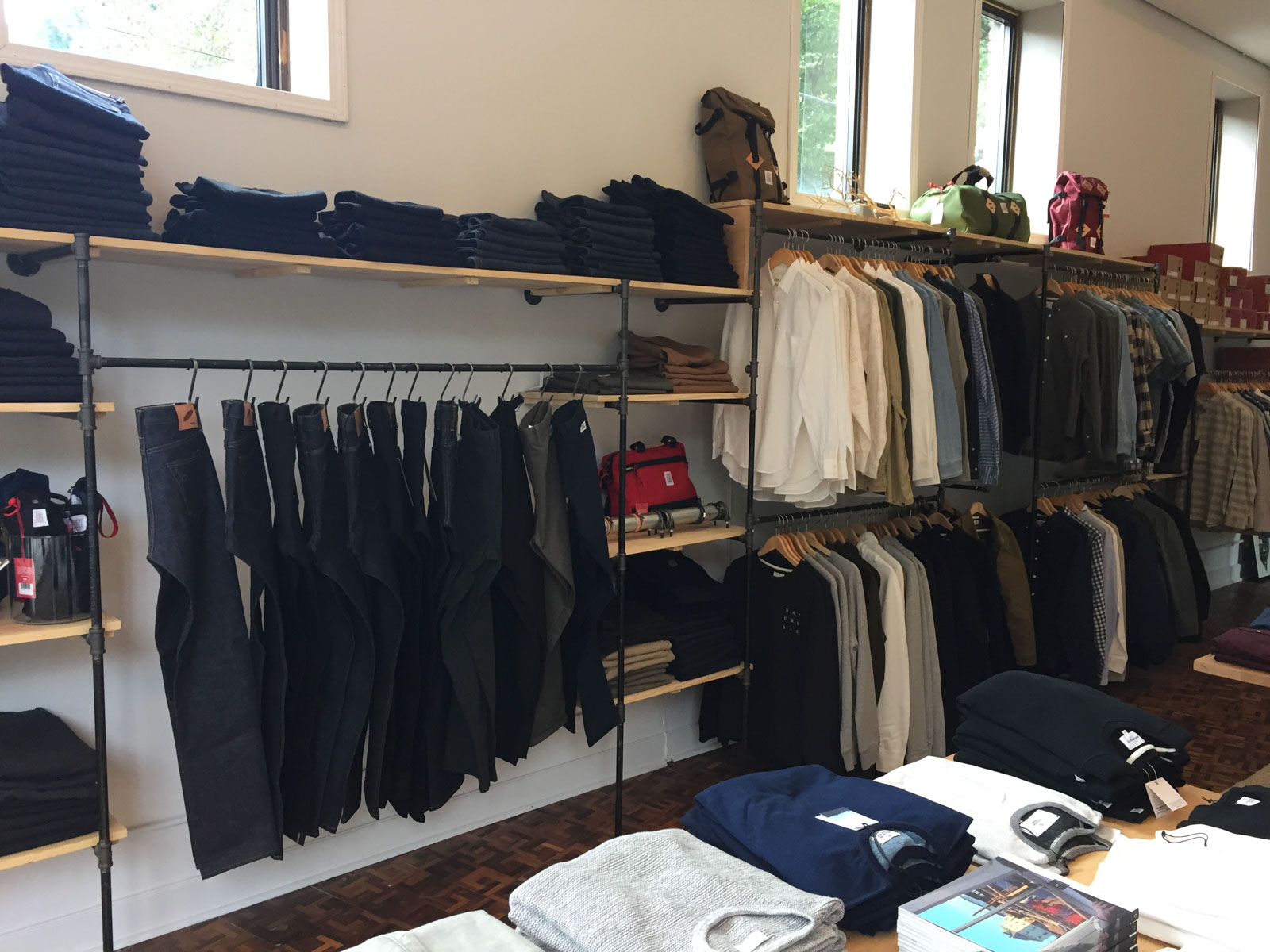Discover the very best Choice of Genuine Eastern Wear
As you discover the myriad styles and layouts, each piece holds a story waiting to be untangled, welcoming you to welcome the creativity and elegance that Eastern style encapsulates. Prepare to be astounded by the appeal of Eastern wear and immerse on your own in a world where every garment is a testament to centuries-old practices and charming workmanship.
History of Eastern Style

Today, Eastern fashion continues to mesmerize the international market, with designers drawing motivation from traditional attire to create contemporary interpretations that appeal to a large target market. The abundant tapestry of Eastern fashion history serves as a testimony to the creativity and craftsmanship of the craftsmens that have actually added to its evolution.
Sorts Of Eastern Attire
Exploring the diverse array of standard garments discovered in Eastern cultures unveils a fascinating tapestry of styles and designs that mirror distinct backgrounds and social identifications (eastern wear pakistan). From the elaborate needlework of Indian sarees to the moving shapes of Japanese bathrobes, Eastern outfit encompasses a large range of styles. In South Asia, the stylish and lively salwar kameez is a popular option for females, while guys often go with the timeless kurta pajama. Moving in the direction of the Middle East, the streaming abayas and detailed kaftans are identified with conventional Arabian fashion. In East Asia, the smooth lines of Chinese cheongsams and the strong colors of Oriental hanboks showcase the abundant sartorial heritage of these areas. Furthermore, Southeast Asia boasts the detailed batik prints of Indonesia and the skirts of Malaysia. Whether it's the extravagant fabrics of Persian clothes or the minimalist sophistication of Vietnamese ao dai, Eastern outfit supplies a captivating peek right into the varied cultures and traditions of the East.
Workmanship and Products
A comprehensive exam of Eastern outfit discloses the careful craftsmanship and exquisite products that underpin these standard garments. Eastern wear is renowned for its elaborate needlework, fragile handwork, and attention to detail that display the skill and artistry of the artisans. From the vibrant sarees of India to the moving robes of the Middle East, each garment is a masterpiece of precision and devotion.
Workmanship in Eastern attire usually entails time-honored techniques passed down through generations. Craftsmens spend hours, sometimes days, carefully developing detailed patterns and styles that decorate the textile. Whether it's the zardozi deal with a Pakistani shalwar kameez or the kantha sewing on a Bangladeshi saree, the degree of workmanship is unmatched.
In addition, the products made use of in Eastern wear are meticulously chosen to make certain both high quality and credibility. eastern wear pakistan. Fabrics like silk, cotton, chiffon, and velour are commonly used, each chosen for its unique properties that boost the last garment. Embellishments such as beads, sequins, and mirrors include a touch of glamour and deluxe to these typical ensembles, making them absolutely stand apart in the globe of style
Popular Eastern Use Patterns
Current years have observed look at this site a renewal in the appeal of conventional Eastern wear, with a remarkable focus on fusion designs and contemporary adjustments. One noticeable fad in Eastern wear is the incorporation of modern-day components right into traditional outfits, producing an unique blend of social heritage and contemporary fashion. Developers are reimagining classic shapes, such as the saree you can try these out and salwar kameez, by instilling them with western cuts, cutting-edge draping methods, and non-traditional decorations.

Additionally, minimal aesthetic appeals and monochromatic shade schemes have actually obtained grip in Eastern wear, offering a sophisticated and downplayed look. This shift towards simplicity mirrors a modern take on typical designs, interesting those seeking a more refined and elegant style statement.
Tips for Styling Eastern Outfits
Incorporating contemporary aspects and traditional workmanship right into Eastern use opens up a myriad of styling possibilities for fashion fanatics looking to create culturally rich and unique outfits. When styling Eastern attires, it's vital to find an equilibrium in between modern patterns and standard aspects.
Accessories play a vital role in boosting an Eastern outfit. Pay attention to footwear selections, opting for traditional mojaris or juttis for a total Eastern-inspired outfit.
Finally, self-confidence is crucial when styling click for info Eastern wear. Embrace the cultural heritage and craftsmanship behind each item, and use it with satisfaction to genuinely personify the significance of Eastern style.
Verdict
In verdict, Eastern fashion provides an unique blend of tradition and modernity, showcasing the abundant social heritage and workmanship of the East. With a diverse series of styles and products, Eastern outfit mesmerizes style fanatics worldwide. By exploring the background, types, craftsmanship, and fads of Eastern wear, people can embrace the charm and narration aspects of this social clothes in their closet.
The history of Eastern style traces back centuries, showing varied cultural impacts and typical craftsmanship. Today, Eastern style continues to captivate the international market, with developers drawing ideas from conventional clothes to develop contemporary analyses that appeal to a vast target market. One prominent trend in Eastern wear is the incorporation of contemporary elements into conventional attires, developing an unique blend of cultural heritage and contemporary fashion.Including modern-day aspects and conventional craftsmanship right into Eastern put on opens up a myriad of styling possibilities for style fanatics looking to develop one-of-a-kind and culturally rich attire. eastern wear pakistan.In conclusion, Eastern fashion offers a distinct blend of custom and modernity, showcasing the abundant cultural heritage and workmanship of the East